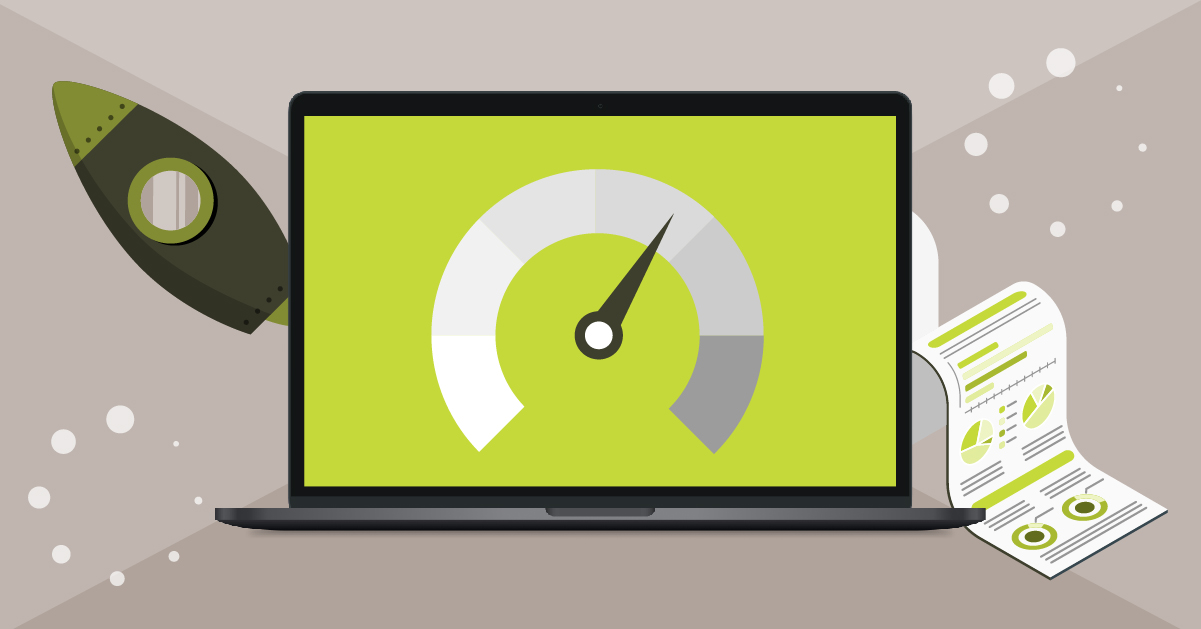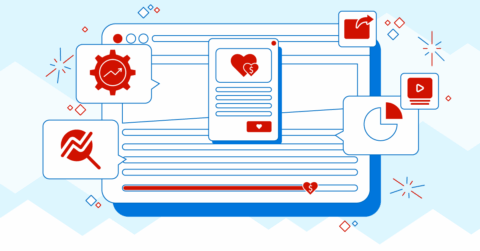
10 Website Speed Tips For A Faster Site
06/21/24
Digital donation
Having a fast website is crucial for your business. This is why actionable website speed tips can be so useful.
If you are interested in improving your website speed, be sure to check out our post on website speed in 2024. That will give you a background on why website speed continues to be essential. Once you have, get started with our website speed tips below!
10 Website Speed Tips
1) Move Your Website to a Better Host
You’d be surprised how much of an effect your host has on your website speed. You’d think they were all more or less similar – but they aren’t. Dedicated hosting can provide more resources and better performance. Additionally, opting for managed hosting services can offer optimizations specifically tailored to improve website speed.
You might also consider upgrading to a Virtual Private Server (VPS). Remember – shared hosting might be cost-effective, but it often results in slower load times.
2) Audit Your Site
The older your website (or the bigger your business), the more content you are going to have. In that case, it can be difficult to pinpoint what exactly is slowing down your website.
This is where audits come in. Conducting a comprehensive audit of your website helps identify issues affecting performance. There are multiple tools you can use for this. These include:
All these tools can help analyze your site’s speed and get detailed reports on areas needing improvement.
3) Optimize the Images That You Use
As we’ve pointed out before, images are one of the biggest reasons for a slow website. That said, a website without them isn’t nearly as engaging. The solution?
Compress the images on your site. To do this, you can use tools like TinyPNG or ImageOptim before uploading them. You can also implement lazy loading for images as a quick fix.
4) Don’t Use So Many Redirects
Redirects take people that are clicking on a certain URL and redirect them to a different page. They are a great solution if you have old pages you no longer want people to find. That said, redirects have a tendency to slow things down. That’s because they cause additional HTTP requests.
Regularly check for and eliminate unnecessary redirects. Use direct links wherever possible. You might also implement permanent (301) redirects over temporary (302) ones to streamline the redirection process.
5) Pre-load Content via Caching
Caching essentially stores copies of your site’s files in a user’s browser or on a server. This has the effect of dramatically increasing your website speed.
There are a few best practices when it comes to caching:
- Use browser caching to store static files like images, CSS, and JavaScript.
- Implement server-side caching with tools like Varnish
- Consider using Content Delivery Networks (CDNs)
6) Track and Fix 404 Errors
A 404 error occurs when a page cannot be found. This can happen for a number of reasons. Whatever the cause, 404’s are not just bad for user experience – they are also bad for website speed because it wastes server resources.
The solution is quite simple: use the right tool. Our personal recommendation is Google Search Console. This can help you identify 404 errors and redirect or remove these broken links.
7) Make Mobile Optimization a Priority
There is an ever-increasing number of users accessing websites via mobile devices. Because of that, it’s essential to ensure your site is optimized for mobile.
Use responsive design techniques to ensure your site adapts to different screen sizes. You can also optimize touch elements, reduce pop-ups, and simplify navigation for a smoother mobile user experience.
8) Use a Content Management System
A content management system (CMS) is a tool that can help manage your content efficiently. This cleans up your website and allows it to run faster.
Hare are some that you might use:
You should also make sure that your CMS is up-to-date and configured correctly. Regularly update your CMS to benefit from the latest speed and security improvements.
9) Minify Files
Minifying the size of files means faster load times, improving overall site performance.
Use tools like:
Minifying CSS, JavaScript, and HTML files involves removing unnecessary characters like spaces, comments, and line breaks to reduce file sizes
10) Choose Fewer Fonts Throughout Your Site
It can be tempting to overload your website with a variety of fonts. More variety is better, right? Unfortunately, using multiple fonts can slow down your site as each font file adds an extra HTTP request
An added bonus is that fewer fonts are better for user experience, as well. Users will prefer a much simpler font selection.
…
Are you an enterprise, nonprofit or small business looking for help on your website? Give us a shout! We provide a free consultation. Email us at info@lughstudio.com or call us at (718) 855-1919!









